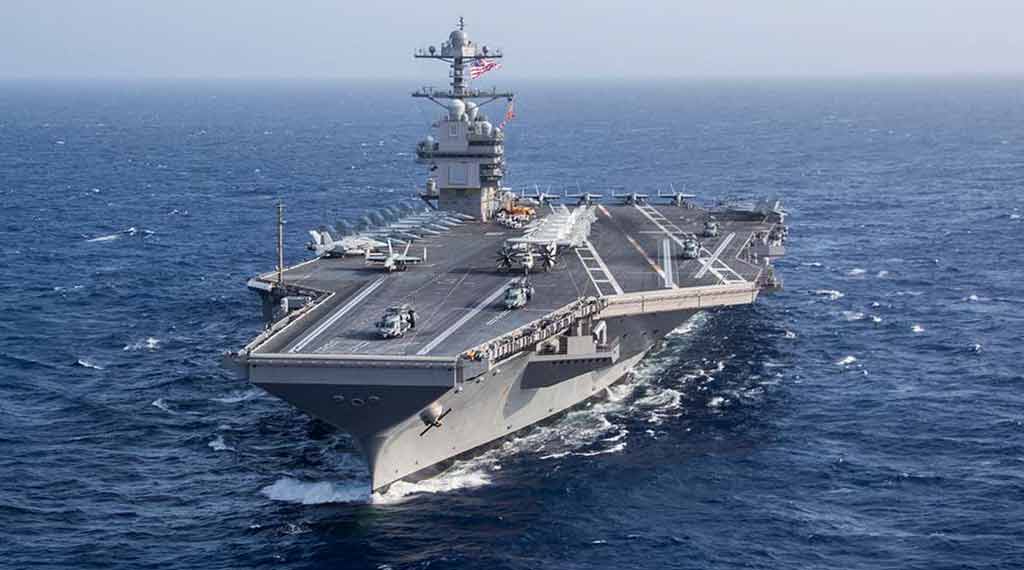It’s unlikely that the Ford-class aircraft carriers will be the last of their kind. Instead, the evolving threat landscape will necessitate further innovations in carrier design and capabilities, ensuring that future classes will be even more resilient and technologically advanced to counteract new forms of warfare effectively. The U.S. Navy’s historical adaptability and commitment to maintaining a qualitative edge suggest a future where aircraft carriers remain a central element of its naval strategy, albeit in an evolved form to address the multifaceted challenges of modern and future combat environments.
The Age of the Ford-Class Aircraft Carrier Already Over?
Earlier this year, the U.S. Navy aircraft carrier USS Gerald R. Ford (CVN-78) completed its first worldwide deployment to the Mediterranean. The lead ship in the Navy’s latest class of nuclear-powered aircraft carriers performed well in its extended deployment, launching over 8,000 sorties in response to the Israel-Hamas war.
While the carrier’s trajectory to sea has not been linear since its production phase due to an array of issues, the ship’s unparalleled capabilities make it an essential asset to the service.
However, some analysts have argued that the Ford-class’ hefty price tag and vulnerability to cyber-attacks, hypersonic missiles and other new threats could render the whole “super-carrier” concept obsolete.
Could the Ford-class be the last U.S. Navy aircraft carrier class ever built due to the growing threats posed to aircraft carriers that are so expensive to build?
- U.S. Carrier Strike Groups Have Struck 800 Targets in Yemen - April 30, 2025
- The U.S. Is Boosting Its Middle East Military Posture - April 22, 2025
- Why America Needs Its Own Iron Dome Air Defense - April 10, 2025

